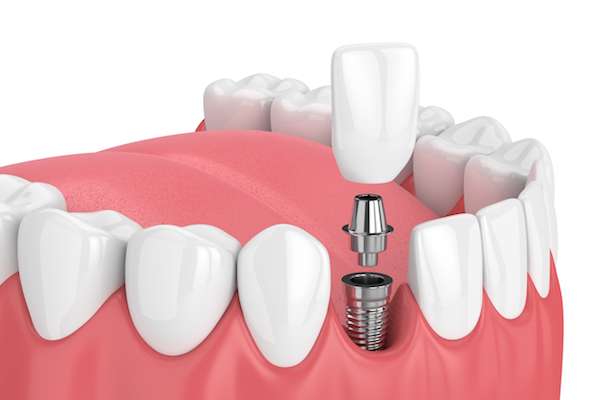Dental implants are a popular and reliable way to replace missing teeth, and Texas is no exception. As a state with an ever-increasing population, more and more people are looking for ways to restore their smiles. To help make the process of selecting the right dental implant provider in Texas easier, this comprehensive guide will provide an overview of the dental implant process.
Types of Dental Implants
There are two main types of dental implants available in Texas: endosteal and subperiosteal.
Endosteal implants are the most common type of implant and are surgically placed directly into the jawbone.
Subperiosteal implants, on the other hand, are placed on the jawbone but not directly into it.
The Dental Implant Process
The process of getting dental implants in Texas begins with a comprehensive evaluation from a dental implant provider. During this evaluation, the provider will assess the patient's oral health, determine if the patient is a good candidate for dental implants, and discuss the various implant options available.

Image Source: Google
Once the treatment plan is agreed upon, implant surgery is scheduled. During the procedure, the dental implant provider will place the implant into the jawbone and secure it with a crown or bridge. After the implant has been placed, the patient will need to follow the provider's instructions for aftercare and follow-up appointments to ensure the implant is healing properly and that the crown or bridge is fitting correctly.
Selecting the Right Dental Implant Provider
When selecting a dental implant provider in Texas, it is important to do your research and find a provider with experience in the type of implant you are looking for. It is also important to ask questions such as how long the provider has been in practice, what type of implant they specialize in, and if they offer financing options.






